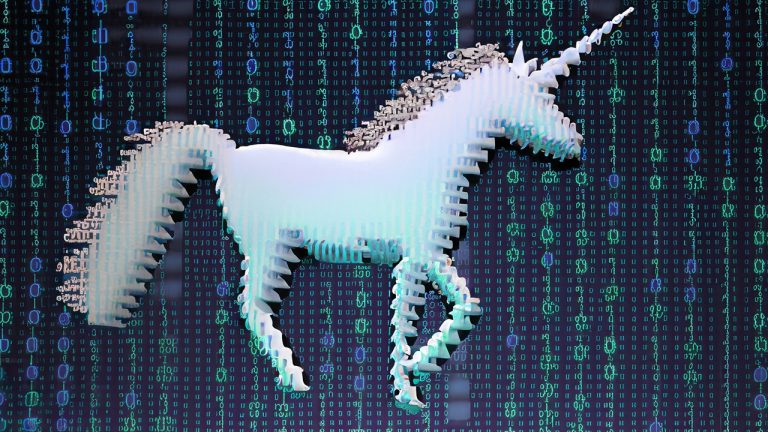Uniswap Unveils Game-Changing Version 4 With Customizable Liquidity Pools via Innovative Hooks

On June 13, the largest decentralized exchange (dex) in terms of global trade volume, Uniswap, published a summary of the dex platform’s Version 4 and an early implementation of the code. Uniswap states that the dex version will offer a variety of new features, including a method to customize liquidity pools with a functionality called “hooks.”
Customization Takes Center Stage With Uniswap v4
Uniswap has unveiled an update on the project’s upcoming Version 4 (v4) dex iteration and shared a blog post about the team’s vision for the new version and early code. “We see Uniswap as core financial infrastructure [and] think it should be built in public with space for community feedback and contribution,” the team noted on Tuesday. While v4 will bring several changes, the most prominent feature mentioned is customizable liquidity.
“Enter hooks, which are plugins to customize how pools, swaps, fees, and LP positions interact,” Uniswap’s blog post about the subject details. “Developers can innovate on top of the Uniswap Protocol’s liquidity and security to create customized AMM pools through hooks that integrate with v4’s smart contracts.”
Example adjustments mentioned include a time-weighted average market maker (TWAMM), dynamic fees based on volatility, onchain limit orders, out-of-range liquidity depositing to lenders, and custom onchain oracles. Other potential features could involve auto-compounded LP fees back into LP positions and internalized MEV profits with the ability to distribute them back to LPs. Uniswap believes that these ideas merely scratch the surface of what developers can customize and achieve with hooks. Uniswap says:
Really, the sky’s the limit. Because each pool is now defined by more than just the tokens and fee tier, we’ll see pools of all colors, shapes, and sizes. Uniswap v4’s core logic, like v3, is non-upgradeable. While each pool can use its own hook smart contract, hooks can be limited to only specific permissions determined at pool creation.
Uniswap concludes that the release of the code will be governed by a Business Source License 1.1, which imposes restrictions on the utilization of the v4 source code in a commercial or production environment for a maximum duration of four years. After this period, the license will transition to a GPL license, remaining in effect indefinitely. The team concludes that, similar to v3, Uniswap Governance and Uniswap Labs retain the authority to grant exemptions to this license.
What are your thoughts on Uniswap’s Version 4? Share your thoughts and opinions about this subject in the comments section below.

Comments are closed.